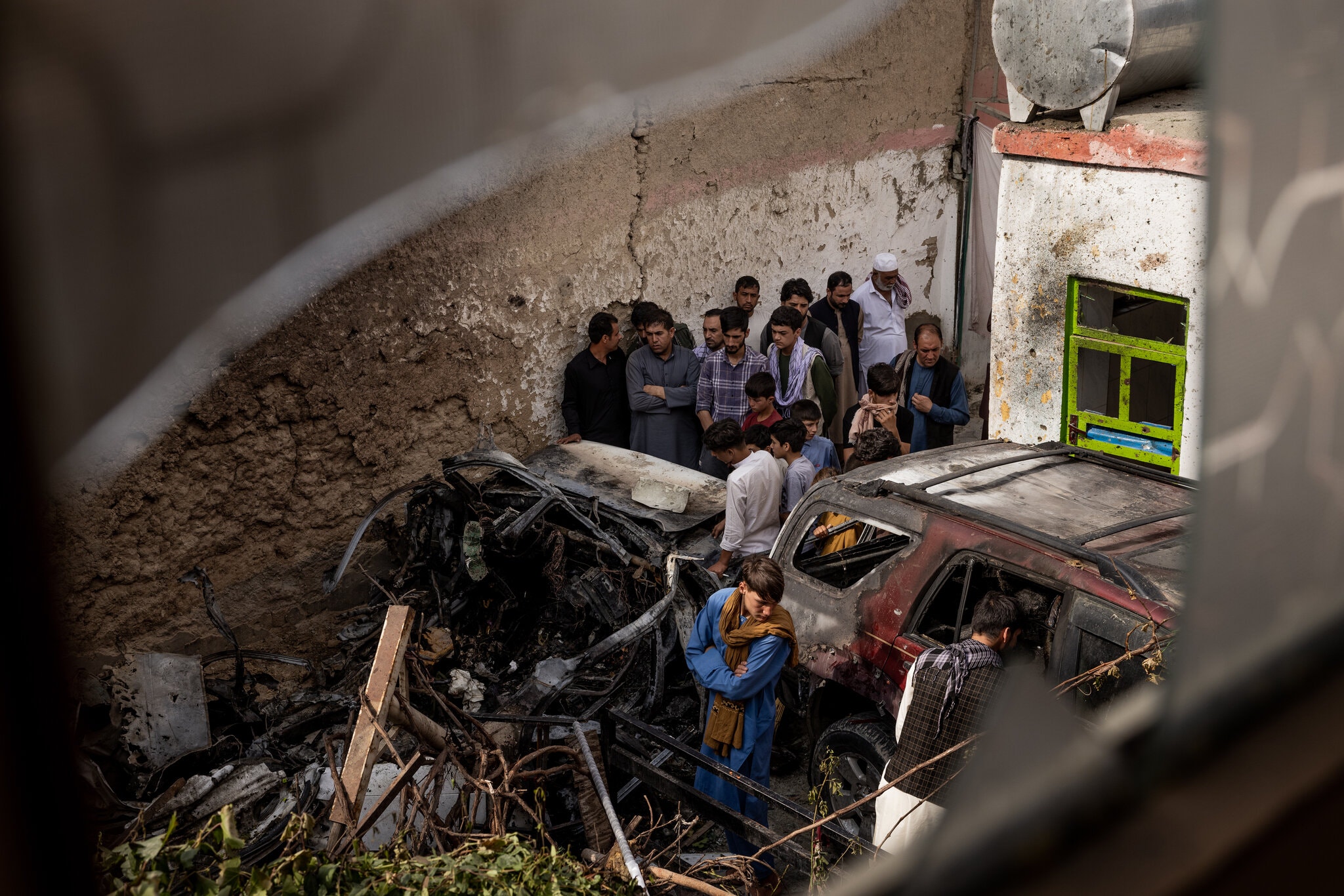After hours of surveillance on Aug. 29, a drone attacked a vehicle that American officials believed contained an ISIS bomb and posed an imminent threat to troops at Kabul International Airport, and the military called it a “righteous strike.” It was the last known missile fired by the United States in its 20-year war in Afghanistan, and the military called it a “righteous strike.”
Following the ISIS-K suicide assault at Kabul’s airport on August 26, which claimed the lives of 13 U.S. service personnel and over 200 Afghan civilians, U.S. authorities repeatedly warned that more terrorist strikes were expected at the airport. It was reported on August 29 that the United States Central Command had carried out a drone attack on a suspected terrorist who was driving a vehicle that seemed to be packed with explosives and was considered by authorities to represent a serious danger to the airport. In the hours leading up to the attack, military authorities speculated that the driver, who they were unable to identify, had engaged in suspicious behaviour, including making a stop at a suspected ISIS-K safehouse and packing the vehicle with large items that might have been bombs. It was claimed by the United States that a bigger secondary explosion occurred after the drone attack, which would indicate the existence of explosive goods and seem to justify striking the vehicle in question.
An examination by the New York Times found no evidence of a significant secondary blast, and the Post’s research indicates that, if a second blast was seen, the most probable explanation would be that the vehicle’s gasoline ignited as a result of the explosion. There is just one blast wave, according to the Post’s storey, but it has a comprehensive graphic analysis of the damage inflicted by the drone attack, which was captured on video. Similar evidence is cited in the Times article.
It has been reported in two different media outlets that the driver was Zemari Ahmadi, a 43-year-old electrical engineer who had previously worked for Nutrition and Education International, a California-based humanitarian group that operates in Afghanistan. Family members who contacted with the Times said Ahmadi and another member of his extended family in Afghanistan who had previously worked as a contractor for the United States government had both filed for refugee resettlement in the United States for themselves and their families.
His relatives and colleagues claim that the white car Ahmadi was driving belonged to the company, and that his visits on the 29th were just part of a typical day at work, which included picking up his boss’s laptop and transferring employees to their respective offices. According to the Times, the heavy packages that a surveillance drone observed the driver and three other men loading into the car were apparently containers filled with water, as Ahmadi had been bringing water home from the office since water deliveries had ceased following the Taliban’s takeover of Kabul.
When Ahmadi pulled into his home in a densely populated residential area near the airport in the late afternoon, a U.S. tactical commander decided to target the car, and a U.S. drone operator reported seeing only one other man near the vehicle in the moments before the strike, according to the Pentagon. However, according to a storey in the New York Times, “when Mr. Ahmadi drove into his courtyard, many of his children and his brothers’ children rushed out, delighted to see him, and sat in the vehicle while he backed it into the house.”

